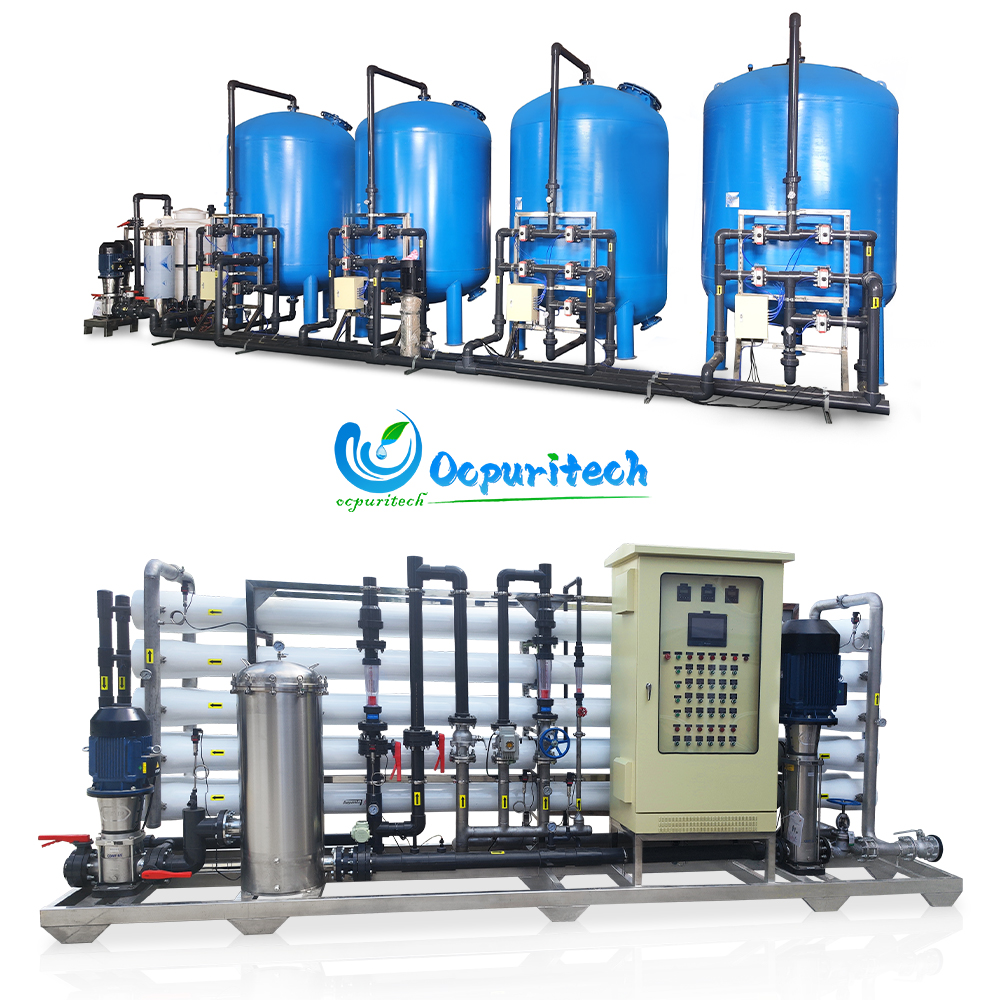1. Application of Reverse Osmosis in Fruit and Vegetable Juice Concentration
Concentrating fruit juice can reduce its volume, making it easier to transport and store while also improving its shelf stability. Traditionally, multi-stage vacuum evaporation is used for juice concentration. However, this method often leads to the loss of aromatic components, browning, and burnt flavors due to the heat involved, and it is energy-intensive.
To enhance product quality and reduce energy consumption, membrane separation technology, particularly reverse osmosis (RO), is increasingly being used as an alternative to thermal concentration. RO is suitable for separating low-molecular-weight inorganic or organic solutes from water, with an operational pressure range typically between 0.1 and 10 MPa.
Over the past 20 years, extensive research has been conducted on concentrating juices from apples, pears, citrus fruits, pineapples, grapes, and tomatoes using reverse osmosis. Cellulose acetate RO membranes are commonly used due to their lower separation rates for alcohols and organic acids compared to evaporation methods. RO-concentrated juice retains a more intense aroma and refreshing taste.
In contrast to evaporation, which causes nearly all aromatic components to dissipate, freeze concentration retains about 8% of these components, whereas RO can retain 30-60%. The loss of Vitamin C, amino acids, and aroma compounds is also significantly lower with RO compared to vacuum distillation. The permeate composition varies depending on the membrane type and typically contains some inorganic salts and fruit acids, which can be used as mineral water or natural beverages.

2. Reverse Osmosis in Tea Beverages
The tea beverage industry is currently experiencing a period of rapid growth. Tea beverages are made from tea extracts, instant tea powder, or concentrated tea juice, which are filtered and blended. Instant tea powder or concentrated juice plays a significant role in enabling industrial-scale production, where the primary agent is produced centrally and distributed for bottling.
Green tea juice contains abundant chlorophyll and polyphenols, which are prone to oxidative browning. Reverse osmosis membrane technology allows for the low-temperature concentration of green tea juice, producing a bright yellow-green, clear juice with the original flavor of green tea.
Process Flow: Green tea leaves → Extraction → Filtration → Cooling → Ultrafiltration → RO Membrane Concentration → Concentrated Green Tea Juice → Instant Tea Powder
During production, green tea juice is cooled to 15-18°C to maintain color, quality, and prevent oxidation. Ultrafiltration removes large molecules and impurities, allowing the juice to meet the requirements for RO concentration. Approximately 8500 kg of clear green tea liquid with a concentration of around 1.5% is obtained from 500 kg of green tea leaves using a 1:20 water extraction ratio. The juice is cooled during concentration to control the temperature rise and minimize the thermal effects. The final temperature is controlled at ≤23°C to significantly suppress oxidation and prevent the development of undesirable flavors. RO membrane concentration at low temperatures greatly inhibits oxidation and maintains the quality of the concentrated green tea juice.
3. Reverse Osmosis in Alcoholic Beverage Production
1) Beer Production
Reverse osmosis is used to produce low-alcohol beer. The beer is concentrated using RO, which has a poor retention rate for alcohol, allowing a portion of the permeate to be separated. The concentrated beer is then diluted with an alcohol-free solution (e.g., sterile water), resulting in beer with a lower alcohol content.
2) Controlling Sweetness in Wine
In Japan, the winemaking industry uses reverse osmosis membrane equipment to increase the sweetness of wine by removing water from the solution, thereby concentrating the wine to the desired sweetness. This method has several advantages: it does not require heating, avoiding the development of cooked flavors and preventing color degradation and browning. It also preserves nutritional content and aroma, as no evaporation occurs, and it is energy-efficient.
4. Reverse Osmosis for Beverage Water Treatment
Reverse osmosis is used to soften water for beverage production, achieving a desalination rate of 95-99%, which meets the requirements for softened water. Water utilization rates range from 75-85%, higher than those achieved by electrodialysis. RO operation is simple, with low energy consumption, and equipment can be cleaned every 1-2 months. Although the initial investment in RO is higher than in electrodialysis, production costs are comparable.
Since RO operates at the molecular level, it can remove non-polar organic compounds and bacteria, thereby simultaneously softening and purifying the water.
5. Purified Water Treatment
Ion exchange and electrodialysis can only remove polar substances and are ineffective against certain organic compounds, especially small molecules, which RO can effectively remove, making it increasingly important in the water purification process.

6. Other Applications of Reverse Osmosis in the Food Industry
Reverse osmosis technology is also used in other areas of the food industry, such as whey processing, where RO can concentrate whole whey. In the sugar industry, RO is used for concentrating sugar solutions, thereby improving product quality and reducing energy consumption.

